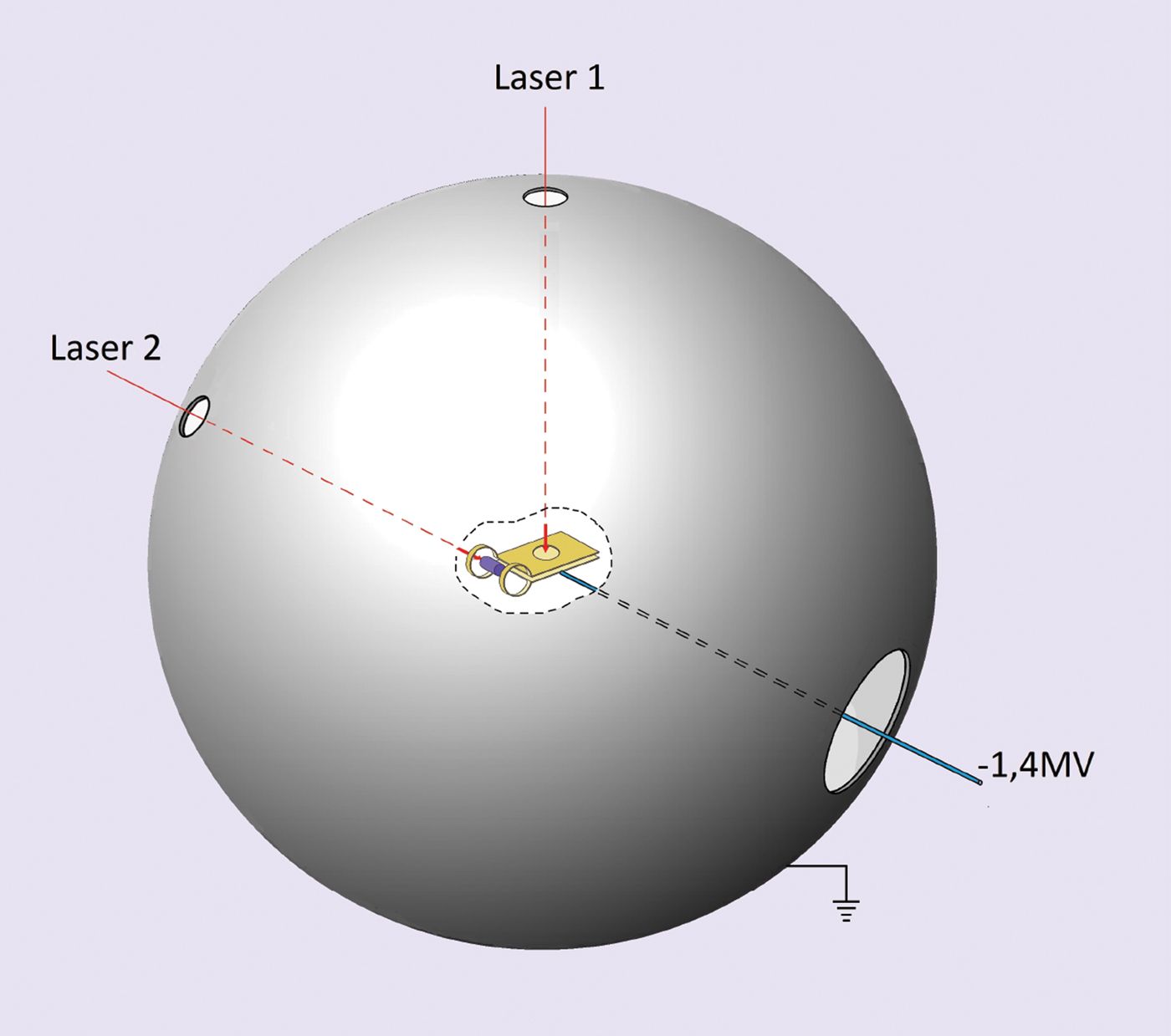Aneutronic fusion (Wikipedia)

Aneutronic fusion is any form of fusion power in which the majority of the energy released is carried by charged particles. While the lowest-threshold nuclear fusion reactions release up to 80% of their energy in the form of (uncharged) neutrons, there also exist reactions in which the energy is released in the form of charged particles, typically protons or alpha particles. Successful aneutronic fusion would greatly reduce problems associated with neutron radiation such as ionizing damage, neutron activation and requirements for biological shielding, remote handling and safety.
Since it is simpler to convert the energy of charged particles into electrical power than it is to convert energy from uncharged particles, an aneutronic reaction would be attractive for power systems. Some proponents see a potential for dramatic cost reductions by converting energy directly to electricity, as well as in eliminating the radiation from neutrons, which are difficult to shield against.[1][2] However, the conditions required to harness aneutronic fusion are much more extreme than those required for the conventional deuterium–tritium (D-T) nuclear fuel cycle. (…)
https://en.wikipedia.org/wiki/Aneutronic_fusion
See also EB11's project of hydrogen-boron reactor:
https://newatlas.com/energy/hb11-hydrogen-boron-fusion-clean-energy/
